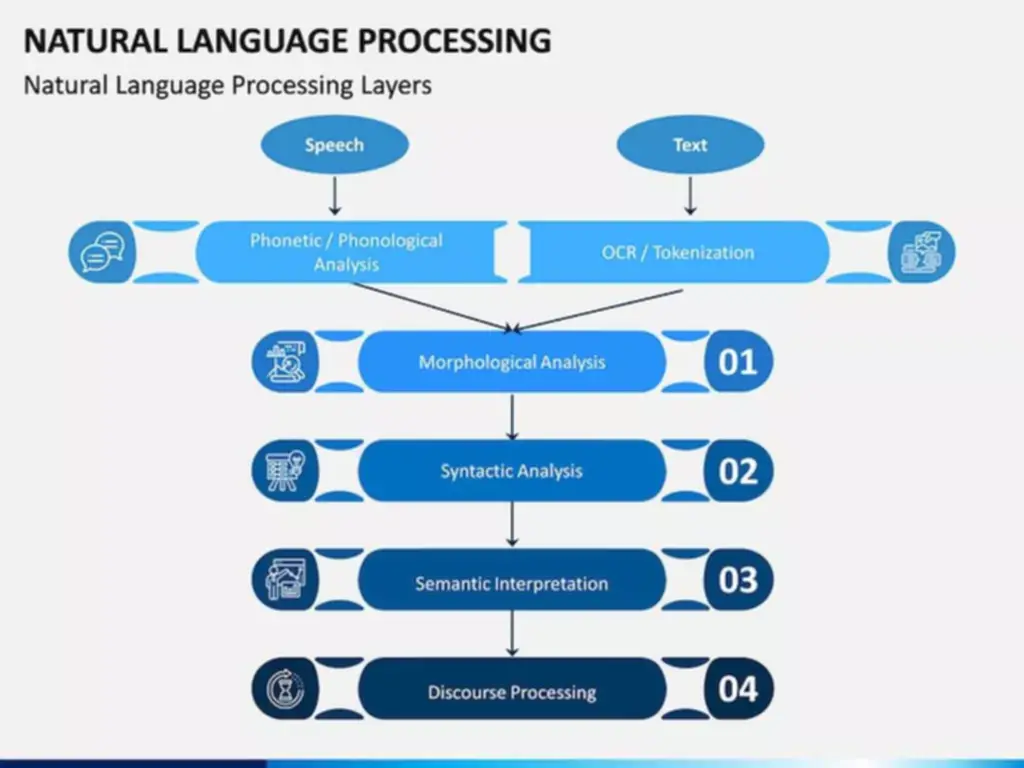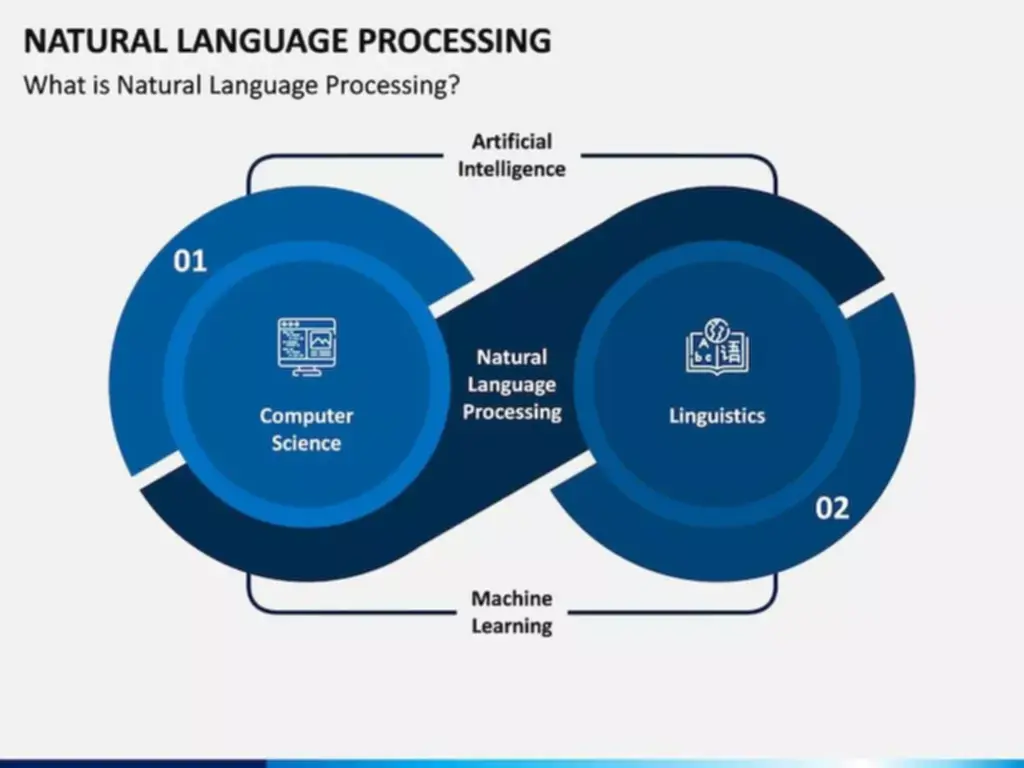Discover the information chief’s information to constructing a data-driven group and driving business advantage. While lakehouses can streamline many data workflows, it can be sophisticated to get one up and operating. Customers may also expertise a studying curve, as using a lakehouse can differ from the warehouses they are used to.
A information warehouse is a greater fit for others as a outcome of their enterprise analysts must decipher analytics in a structured system. At a excessive level, a knowledge lake commonly holds varied units of big knowledge for advanced analytics purposes, whereas a knowledge warehouse shops typical transaction information for primary BI, analytics and reporting uses. But let’s look more closely at the two knowledge shops and the variations between them.
It’s extra versatile than a data warehouse by means of the kinds of knowledge it could accommodate, starting from highly structured to loosely assembled data. The all-in-one enchantment of knowledge lakehouses sounds greater than affordable on paper. Nevertheless, real-world implementation of knowledge lakehouse structure is still unusual, even amongst massive enterprises that could theoretically support it. Lakehouse adoption additionally requires organizations to use specific instruments that could be incompatible with different parts of their data evaluation and administration ecosystem. It Is too early to tell how—or even if—the lakehouse development will considerably change the sector of knowledge management.
Nevertheless, knowledge warehousing requires you to design your schema before you can save the information. They can retailer unstructured and semi-structured knowledge, similar to net server logs, clickstreams, social media, and sensor knowledge. The panorama is an exciting one, and especially with the possibilities introduced by AI, we can’t wait to see how information warehouses, lakes, and lakehouses evolve within the next few years. Usually, information warehouses work best with structured data outlined by specific schemas that arrange your data into neat, well-labeled boxes.
- Organizations can use built-in or connected BI and information analytics tools to investigate transactional knowledge and historical knowledge, generate data visualizations and create dashboards to support data-driven decision-making.
- The ingestion layer gathers batch and real-time streaming information from a variety of sources.
- As such, the data warehouse could make business intelligence extra available—and extra valuable—to these non-expert workers.
- As A End Result Of traditional information warehouses rely on relational databases techniques and strict schema, they are best with structured knowledge.
Data warehouses are utilized by enterprise analysts, information scientists and information engineers to conduct self-service analytics efforts. Early information warehouses were hosted on-premises, however many are actually how to hire a software developer hosted within the cloud or delivered as cloud providers. To understand knowledge warehouse architecture higher, let’s take a glance at two real-world implementations. Contains BI tools, OLAP servers, information science notebooks, and APIs that permit users to question, visualize, and devour information. Enroll in IBM’s Knowledge Warehouse Engineering Professional Certificates on Coursera to learn about SQL statements and queries, design and populate knowledge warehouses, and more.
Is Information Management The Key To Generative Ai?
A knowledge lake is a centralized repository that lets you store all your structured and unstructured information at any scale. The concept of a Information Lake emerged in the early 2010s as organizations began to wrestle with the constraints of conventional data warehouses in dealing with massive volumes of unstructured knowledge. At Transcloud, we perceive that both data lakes and data warehouses play vital roles in trendy data ecosystems, each offering distinctive advantages.
Deciphering Information Architectures: When To Use A Warehouse, Material, Lakehouse, Or Mesh
You can retailer all your knowledge, analyze it for patterns and trends, and use the knowledge https://www.globalcloudteam.com/ to optimize your business operations. Organizations use various tools and solutions to attain their data analytics outcomes. Knowledge warehouses, marts, and lakes are all solutions that help with storing data. Organizations can use built-in or connected BI and information analytics instruments to investigate transactional data and historical data, generate information visualizations and create dashboards to support data-driven decision-making. A data mart is a type of information warehouse that accommodates information particular to a selected enterprise line or division quite than a whole enterprise. For example, a advertising staff might need its personal knowledge mart, human sources may need one, and so forth.
Organizes technical and enterprise metadata to enable data discovery, lineage tracking, and consistent reporting. It’s all about deciding on the choice that grants your users probably the most efficient and efficient entry to knowledge, based on their particular person requirements and abilities. In the sections that follow, we’ll delve into key issues like understanding your primary customers and efficiency data lake vs data warehouse necessities. Then, you’ll be armed with the best questions to seek out the best answer in your team.
Information codecs similar to Apache Parquet and Apache Iceberg allow organizations to freely transfer workloads between environments. Delta Lake, an open source storage layer, helps options that assist customers run analytics on raw knowledge units, such as versioning and ACID transactions. “ACID” is brief for atomicity, consistency, isolation and durability; key properties that assist guarantee integrity in knowledge transactions. To have environment friendly knowledge processing operations, you must have a knowledge warehouse and a data lake since they carry out different things.

When To Make Use Of Knowledge Lakes Vs Information Warehouses Vs Knowledge Marts?
Snowflake now helps knowledge lakes by allowing data groups to work with quite so much of information varieties, together with semi-structured and unstructured knowledge. The alternative between a data lake and a knowledge warehouse is decided by a corporation’s particular needs, including the type of information being managed, the intended use of the data, and the required processing capabilities. Knowledge lakes are perfect for organizations that have to store huge amounts of raw data and perform complicated processing and analytics. In contrast, data warehouses are higher suited to organizations that require fast, dependable access to structured, processed information for reporting and enterprise intelligence purposes.
This similar construction aids in maintaining knowledge high quality and simplifies how users interact with and perceive the data. The concrete structure and format of information warehouses additionally create limitations. In most circumstances, it is not simply that the data warehouse is restricted to structured—and, perhaps, semi-structured—data, nevertheless it’s additionally restricted to a single format. Due To This Fact, a warehouse that’s receiving data from a extensive variety of sources would require appreciable time, compute power, and price to transform totally different information sorts to a uniform format through ETL.
Knowledge warehouses permit you to retailer structured information, whereas information lakes permit you to store any kind of information. You can first land knowledge in a data lake, course of, clean, and structure it so it can go into a knowledge warehouse for later evaluation. Information lakes, very like actual lakes, have a quantity of sources (“rivers”) of structured and unstructured knowledge that move into one combined site. Information warehouses are designed to be repositories for already structured knowledge to be queried and analyzed for very particular functions.

Lakehouses are additionally a relatively new technology and the framework remains to be evolving. For instance, a warehouse for retail gross sales knowledge would help ensure that details such as the date, amount and transaction quantity are formatted accurately and assigned to the right cells in a relational table. I have carried out a video describing and evaluating all four architectures you could view here. If you wish to study extra about these architectures and the concepts behind them, then check out my e-book. This is commonly achieved by utilizing distributed storage technology (such as Hadoop or cloud storage in AWS S3, Google Cloud Storage, or Azure Blob Storage).

However to greatest perceive where every of these big information solutions may match into your group’s data technique, consider what warehouses and lakes do finest. The exponential knowledge growth in each volume and complexity has necessitated the event of extra sophisticated information storage, administration, and analysis solutions. Information Lake vs. Data Warehouse – every designed to serve distinct however complementary roles in an organization’s data strategy. Nonetheless, it’s important to notice that information lakes and data warehouses are not necessarily mutually unique. Information lakes are appropriate for information science and advanced analytics use circumstances the place knowledge scientists need the pliability to access and analyze information in its uncooked format. Information lakes could be cheaper for storing raw, unstructured information, as they often use cheaper storage choices.
